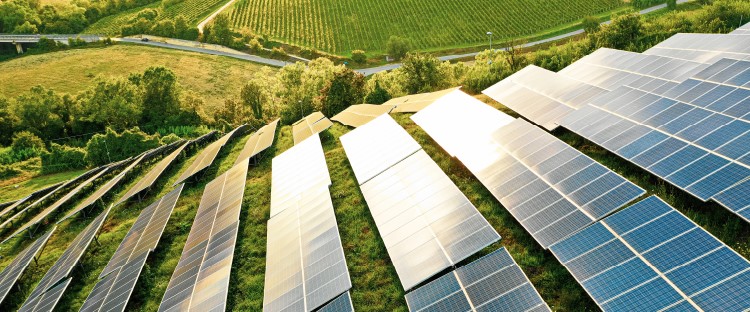Meeting Asia's Infrastructure Needs
By Asian Development Bank
Highlights
- Developing Asia will need to invest $26 trillion from 2016 to 2030, or $1.7 trillion per year, if the region is to maintain its growth momentum, eradicate poverty, and respond to climate change (climate-adjusted estimate). Without climate change mitigation and adaptation costs, $22.6 trillion will be needed, or $1.5 trillion per year (baseline estimate).
- Of the total climate-adjusted investment needs over 2016–2030, $14.7 trillion will be for power and $8.4 trillion for transport. Investments in telecommunications will reach $2.3 trillion, with water and sanitation costs at $800 billion over the period.
- East Asia will account for 61% of climate-adjusted investment needs through 2030. As a percentage of gross domestic product (GDP), however, the Pacific leads all other subregions, requiring investments valued at 9.1% of GDP. This is followed by South Asia at 8.8%, Central Asia at 7.8%, Southeast Asia at 5.7%, and East Asia at 5.2% of GDP.
- The $1.7 trillion annual estimate is more than double the $750 billion Asian Development Bank (ADB) estimated in 2009. The inclusion of climate-related investments is a major contributing factor. A more important factor is the continued rapid growth forecasted for the region, which generates new infrastructure demand. The inclusion of all 45 ADB member countries in developing Asia, compared to 32 in the 2009 report, and the use of 2015 prices versus 2008 prices also explain the increase.
- Currently, the region annually invests an estimated $881 billion in infrastructure (for 25 economies with adequate data, comprising 96% of the region’s population). The infrastructure investment gap—the difference between investment needs and current investment levels—equals 2.4% of projected GDP for the 5-year period from 2016 to 2020 when incorporating climate mitigation and adaptation costs.
- Without the People’s Republic of China (PRC), the gap for the remaining economies rises to a much higher 5% of their projected GDP. Fiscal reforms could generate additional revenues equivalent to 2% of GDP to bridge around 40% of the gap for these economies. For the private sector to fill the remaining 60% of the gap, or 3% of GDP, it would have to increase investments from about $63 billion today to as high as $250 billion a year over 2016–2020.
- Regulatory and institutional reforms are needed to make infrastructure more attractive to private investors and generate a pipeline of bankable projects for public–private partnerships (PPPs). Countries should implement PPP-related reforms such as enacting PPP laws, streamlining PPP procurement and bidding processes, introducing dispute resolution mechanisms, and establishing independent PPP government units. Deepening of capital markets is also needed to help channel the region’s substantial savings into productive infrastructure investment.
- Multilateral development banks (MDB) have financed an estimated 2.5% of infrastructure investments in developing Asia. Excluding the PRC and India, MDB contributions rise above 10%. A growing proportion of ADB finance is now going to private sector infrastructure projects. Beyond finance, ADB is playing an important role in Asia by sharing expertise and knowledge to identify, design, and implement good projects. ADB is scaling up operations, integrating more advanced and cleaner technology into projects, and streamlining procedures. ADB will also promote investment friendly policies and regulatory and institutional reforms.
This article was first published by the Asian Development Bank. Please click to read the full report.




